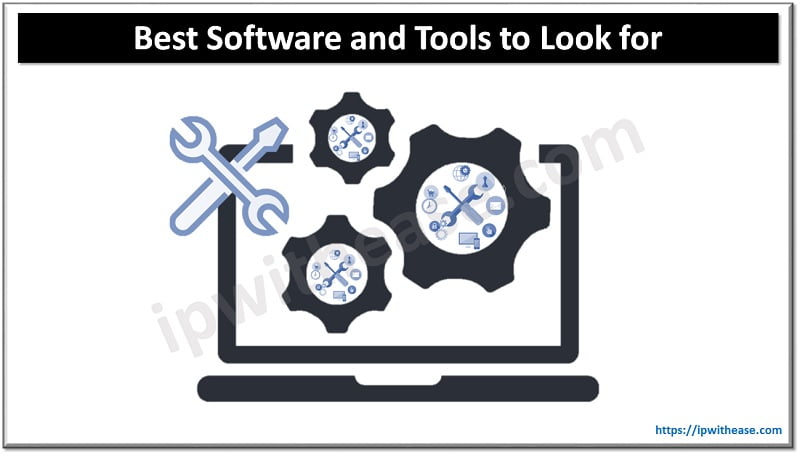Table of Contents
Applications are not just tools but also forms of entertainment; they have become an extension of our day-to-day lives. The huge amount of data in applications, from personal finance management to sensitive health information, makes security one of the hottest topics for mobile applications. But how does a developer or business know if their mobile app is secure? Through extensive and thorough testing.
Overview of Mobile App Security: The Importance of Security in Mobile Applications
In a continuously expanding global market for mobile apps, statistics estimate that in 2025, revenues from these apps will cross over $955 billion, making the security of mobile apps a subject of unparalleled importance. But while hackers grow increasingly sophisticated, the challenge to protect apps from vulnerability and threats grows correspondingly greater. This makes embedding security in mobile apps from inception through deployment and beyond is very important.
Purpose of Rigorous Testing: Why a Thorough Testing Process is Essential
Besides that, security breaches can result in huge losses for the business and terribly damage its reputation. Rigorous testing helps identify certain vulnerabilities and make amendments to make the app secure and trustworthy for people. This will be essential to safeguard the users’ data and to stand up to international standards and security regulations.
This comprehensive guide to securing your mobile application through step-by-step testing will cover the architectural details of an application, continuous deployment, and practices that should be in place to ensure security. Additionally, partnering with an outstaffing company can provide specialized expertise as you learn about the architectural details of your app, step-by-step testing, and continuous deployment and practices to securing your mobile application.
Related: Dynamic Application Security Testing
1. Preparation Phase
Understanding Your App’s Architecture
Review your app’s design and architecture meticulously. Identify critical components and data flows that could be potential targets for attacks.
Define Security Objectives
Establish clear security goals and ensure your app meets all compliance requirements. This step is fundamental in creating a framework for your testing process.

Gather Testing Tools and Resources
Many tools, such as OWASP ZAP, Nessus, and Burp Suite, are available for mobile app security testing, which can help identify vulnerabilities.
Assemble the Testing Team
Identify key roles and responsibilities within your team. A diverse team will cover more ground and ensure a thorough testing process.
2. Initial Assessment
Static Code Analysis
Use tools and techniques to analyze your source code without executing it. This approach allows for early detection of vulnerabilities during the development phase.
Dependency Analysis
Assess third-party libraries and dependencies for known vulnerabilities. Ensuring the security of these components is crucial for your app’s overall security.
3. Dynamic Testing
Functional Testing
Test your app’s features and functionalities for security flaws. Simulated attacks can help identify vulnerabilities.
Network Security Testing
Analyzing data transmission for encryption and other security protocols is crucial in safeguarding data in transit.
Authentication and Authorization Testing
Examine login mechanisms and access controls to ensure that they are watertight and that there are no loopholes for unauthorized access.
4. Penetration Testing
Manual Penetration Testing
This will involve techniques for vulnerability identification that use exploratory testing and creative thinking, emulating tactics used by hackers.
Automated Penetration Testing
Automated tools can scan for common vulnerabilities across the app, providing a broad-stroke inspection of potential weak points.
Simulating Real-World Attacks
Mimic potential attack scenarios to gauge your app’s resilience against real threats.
5. Security Testing for Mobile-Specific Threats
Data Storage Security
Assess how data is stored and protected on the device, including ways to secure data at rest against unauthorized access.

App Permissions
Reviewing and testing app permissions ensures your app adheres to the principle of least privilege, accessing only the information necessary for its function.
Reverse Engineering
Utilize techniques to analyze and decompile the app, uncovering any underlying security issues that could be exploited.
6. Performance and Stress Testing
Impact of Security Measures on Performance
Evaluating how added security features affect app performance is vital to ensure a balance between security and usability.
Stress Testing
Test the app’s behavior under extreme conditions to ensure it can handle unexpected security challenges efficiently.
7. Review and Remediation
Analyze Test Results
Compile and summarize findings from various testing phases, highlighting areas for improvement.
Prioritize Vulnerabilities
Vulnerabilities should be classified and prioritized based on their risk level.
Remediation Plan
Develop a clear plan for addressing identified vulnerabilities. This should include timelines and responsibilities.
Re-Testing
Conduct follow-up tests to ensure all vulnerabilities are effectively fixed, and your app is secure against newfound threats.
8. Documentation and Reporting
Create a detailed report documenting findings, remediation actions, and test results. This is crucial for future reference and stakeholders to understand the app’s security status.
Recommendations
Provide actionable recommendations for maintaining and enhancing security practices based on your findings.
Compliance and Certification
Ensure your app meets industry security standards and compliance requirements. This will boost your app’s credibility and build user trust.
9. Ongoing Security Practices
Continuous Monitoring
Implement processes for ongoing security monitoring and updates. The digital threat landscape constantly evolves, and your app’s security measures should evolve accordingly.
Regular Updates and Patches
Plan for regular updates to address new vulnerabilities and ensure your app remains secure against the latest threats.
User Education
Educate users on best security practices for using the app. A well-informed user base can significantly reduce the risk of security breaches.
Conclusion: The Road to a Secure App
Security in a mobile application is not a one-time effort but a journey. By adhering to this step-by-step process, developers and businesses can better equip their applications against the myriad digital threats that abound. Remember, in the app development world, vigilance and thoroughness in security testing are not just best practices but imperatives of success and reliability.
Importance of Ongoing Security Efforts
Security is an endless process in today’s digital world of ever-evolving threats. However, it will pay off as a commitment to user satisfaction and business success: make your mobile app the trusted, secure platform for your users.
Start security testing of your app today. If you feel that expert help is needed, don’t hesitate to reach out. Remember, the cost of addressing a security flaw post-release can be much higher than the cost incurred in the early stage in monetary terms but possibly in terms of reputation damage. Secure your app and protect your users, building with success a trustworthy platform in the digital age.
ABOUT THE AUTHOR
IPwithease is aimed at sharing knowledge across varied domains like Network, Security, Virtualization, Software, Wireless, etc.



